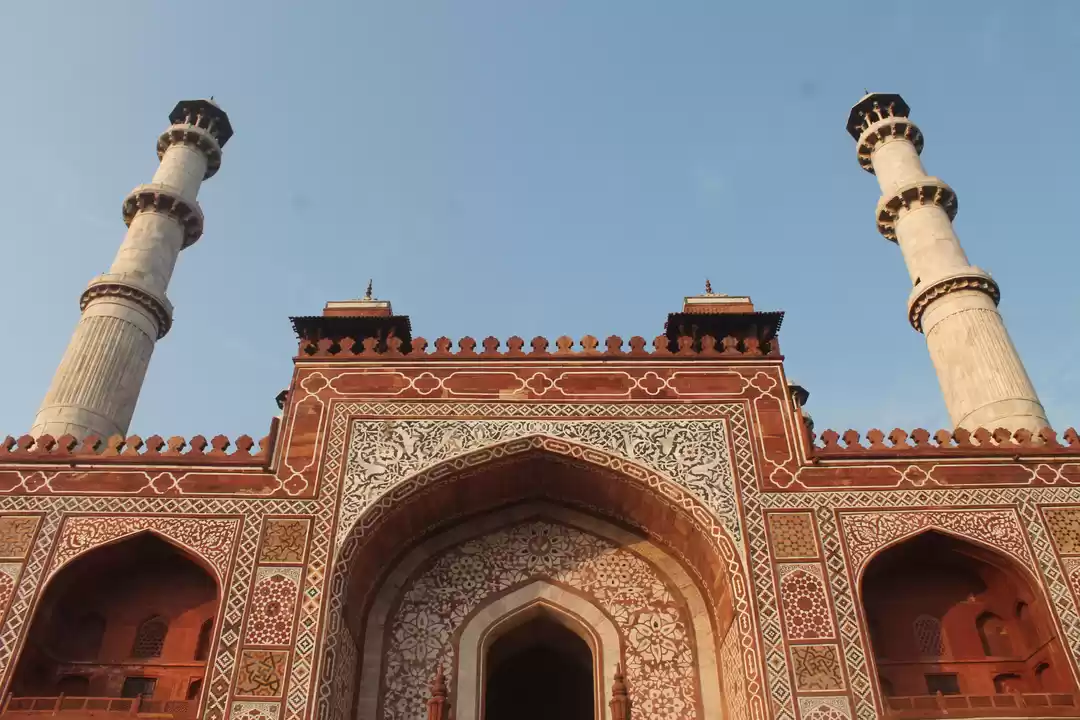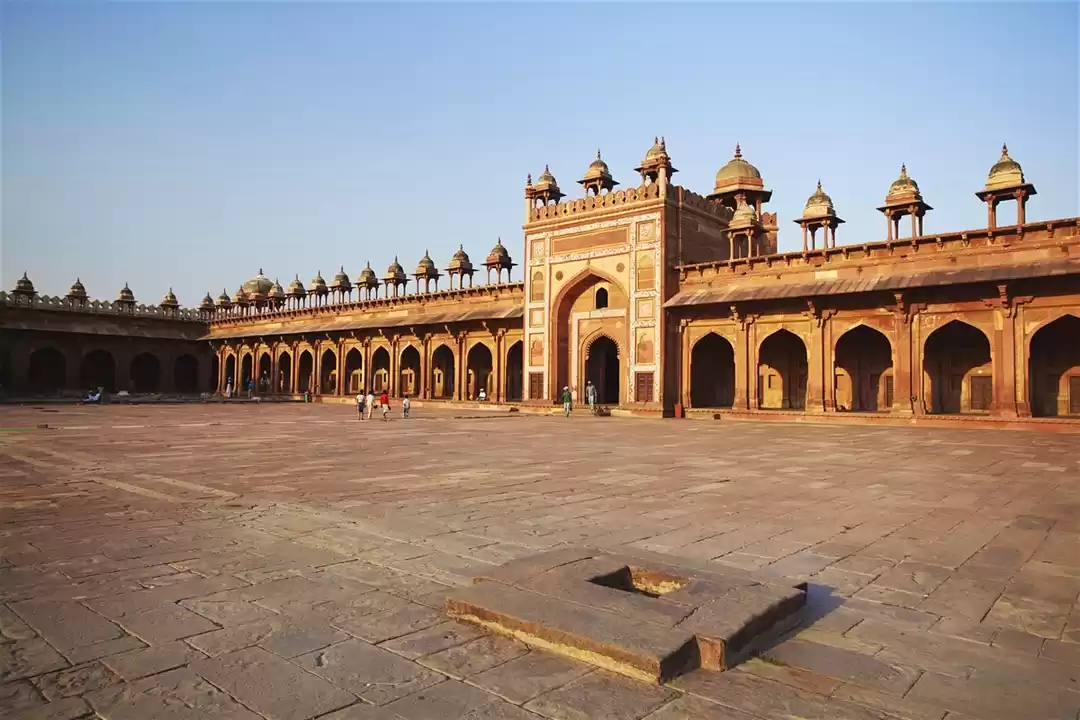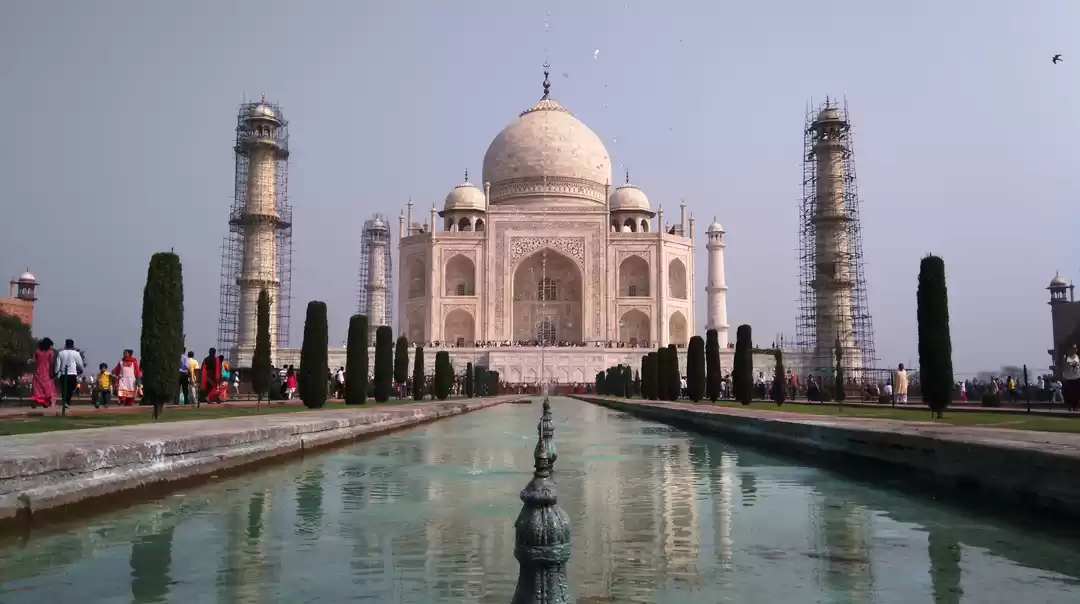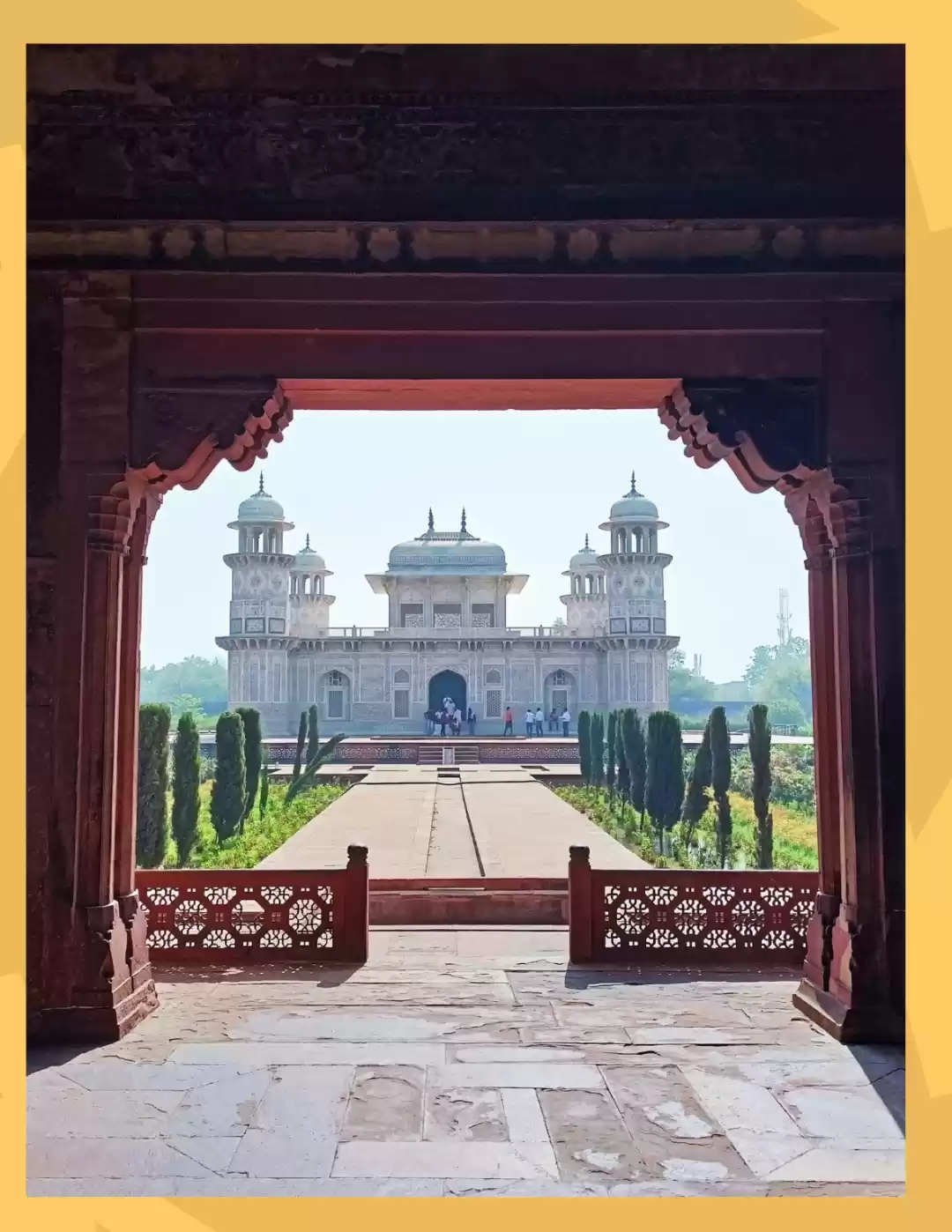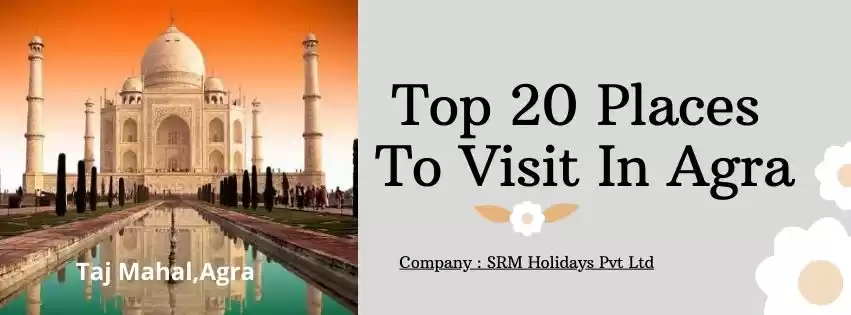If an option is given to individuals that one monument or building that he or she wants to visit before death then I am sure majority, if not all, would take the name of the Taj Mahal at Agra and why not the mesmerizing Taj Mahal or the Taj as people called it in awe, was designated as a UNESCO 'World Heritage Site way back in 1983 and recently it was declared winner of new seven wonders of the world initiative. From being leveled as a symbol of love by Mughal King Shahjahan towards his queen Mumtaz Mahal to various other stories that go with it, mostly showering praises to some others pointing to darker sides and the pain associated with it. There is such an aura associated with this white marble mausoleum called the Taj Mahal that it overwhelms the imagination of anyone coming to Agra. No journey to Agra is complete without visiting the Taj and maybe because of this we often neglect or do not talk much about other monuments in Agra which might not be as grand as the Taj Mahal but are very important and story of Agra can not complete without mentioning these beautiful monuments.

One such monument is the Red Fort of Agra. The Red Fort is probably the second most visited place in Agra after the Taj. This grand fort was the main residence of the Mughal emperors till 1638 when the capital was shifted from Agra to the present day Delhi. The importance of this fort can be gauged by the fact that for a long time this fort remained at the center of governance of the Mughal rule and the center of the history of medieval India. In later years the fort changed many hands and finally, in 1803 it came under the rule of British East India Company. Situated on the banks of river Yamuna the fort is 2.5 km from the famous Taj. This red sandstone monument was built by Mughal emperor Akbar in the year 1526 in its present form. The British East India Company undertook many changes inside the fort to house its military but the basic structure remained unchanged, both inside and outside. The Muasamman Burj, a marble balcony inside the fort offers excellent views of the Taj Mahal from where it is said that Mughal emperor Shahjahan spent his last days of captivity, watching the Taj. The notable point is the Taj Mahal was built many years after the Red Fort. The fort is now a UNESCO World Heritage Site, also houses Diwan-e Khas- a hall of private audience, it was used to welcome kings and dignitaries, Diwan-e Aam- used as a open court between the public and the aristocracy and once housed the Peacock Throne, Shesh Mahal- Royal dressing room, Khash Mahal, Anguri Bagh- a beautifully manicured lush garden inside the fort, Mina Masjid or Mosque and Nagina Mosque-for women inside the fort. Every corner of the fort has some history lessons to offer to its visitors.

Another Mughal era monument, though not as grand as the Taj Mahal or the Red Fort but no less beautiful exists at the eastern bank of river Yamuna. This Mughal era building is known as the Tomb or mausoleum of I'timād-ud-Daulah. I'timād-ud-Daulah was the title given to the father-in-law of Mughal emperor Jahangir and built between the years 1622 and 1628. This building showcases elegant workings on marble and Pietra Dura inlay which was later used extensively while building the Taj Mahal, of course in a grander manner. This beautiful monument often described as the 'Jewel Box' or draft of Taj Mahal. The mausoleum is built on a base about fifty meters square and about one meter high. Each corner has a hexagonal tower about thirteen meters tall. The mausoleum is set in a large garden with red sandstone walkways with tastefully designed waterways showing the maturity of the architecture of this period. The only asymmetrical element in the almost perfect looking monument complex is that the cenotaphs of Father-in-Law and Mother-in-Law of Emperor Jahangir and parents of Nurjahan, the empress and the wife of Jahangir which are placed side-by-side. This style was later replicated in the Taj Mahal. The best part of visiting this place is that it is relatively less crowded even during weekends. I visited the place on Sunday and surprised to find how sparsely crowded the place is. One can sit on the parapet on the western end of the building looking at the river Yamuna on the one side and the mausoleum on the other. It is a perfect place to spend some time in peace.

One more equally beautiful monument in Agra is Sikandra, the mausoleum of Mughal emperor Akbar. It was built during the period 1605-1613. This sprawling complex is surrounded by a square shaped walled enclosure. The tomb building is a four-tiered pyramid, surmounted by a marble pavilion containing the false tomb. The real mausoleum as per the traditions maintained in this period is in the basement. The building is constructed mainly of red sandstone and white marbles which were used to highlight the stonework of that period. This design was used subtly in the mausoleum of Itimad-ud-Daulah. The entrance of this monument is equally grand. As a deer park is situated nearby, one can find many deer, Nilgai (largest of Asian antelopes) even the famous black buck grazing around freely in the open space around the complex. This tomb is located in one of the suburbs of Agra on NH-2 connecting Mathura.


Situated on the north of the Taj Mahal and on the opposite bank of the river Yamuna there is a place called Mehtab Bagh or the Moonlight Garden which too is visited by a lesser number of travelers. This garden is perfectly aligned with the Taj Mahal on the opposite bank of river Yamuna. Situated in the flood plains of Yamuna river this place remains partially flooded during the rainy season. For a long time the place remained neglected but in recent years the place has been restored to some extent. The views of the Taj Mahal from this place are awesome and one can see the reflection of the Taj Mahal just after the rainy season when the Yamuna river carries more water. The best time visit this place is during the evening hours just before the sunset when the Taj could be seen bathing in the golden light of the setting Sun.

In short, Agra has many pleasant surprises to offer to the travelers even though the majority of them go there to visit the Taj Mahal and rightly so as it is the identity of Agra, the most precious jewel in its crown. But this erstwhile capital of Mughal empire in India is full of wealth which may not be as precious as the Taj Mahal but nevertheless adds to the beauty of this wonderful city called Agra. Agra has much more to offer in addition to the Taj Mahal.
Getting there - Agra is well connected by most major cities in India by Rail, Road and by Air. New Delhi the capital of India is 233 km away from Agra. No of trains run on this route and takes around 4.30 hrs to reach from Delhi. The road conditions are excellent too. Daily flights are available from Delhi and other major metros in India. The airport is around 10 km from Agra City and 15 km from the Taj Mahal.
Stay- Agra has all kinds of hotels right from budget category to five star. It is not difficult to find a hotel that suits one's budget.

